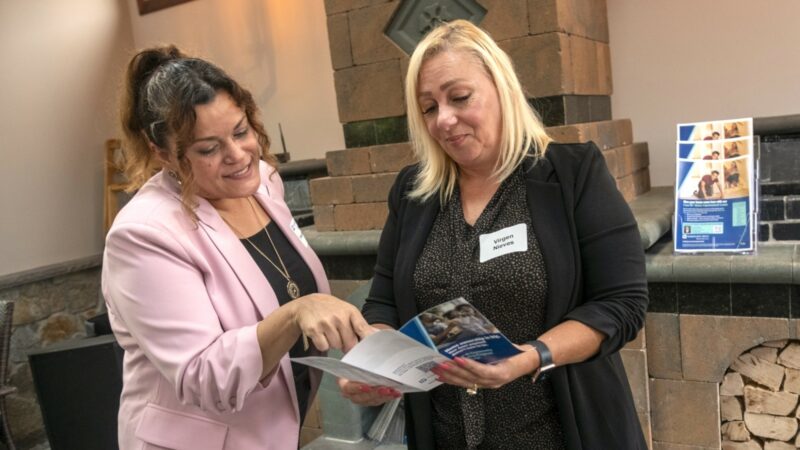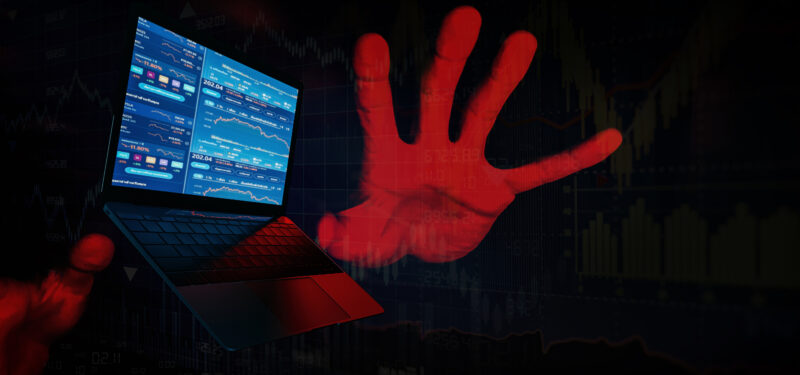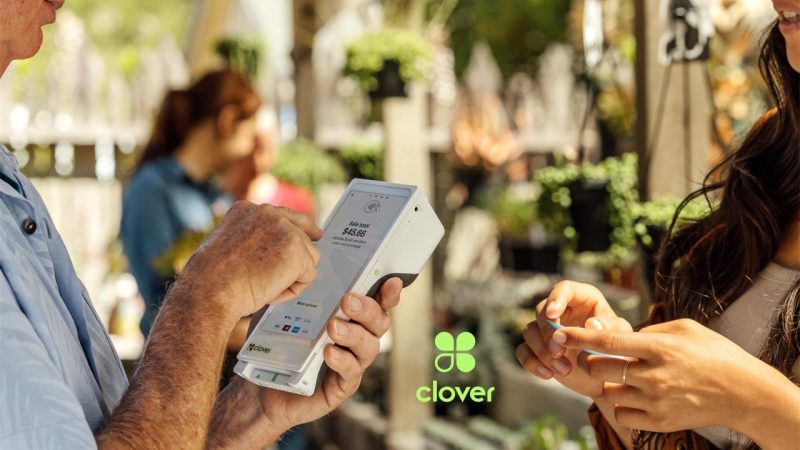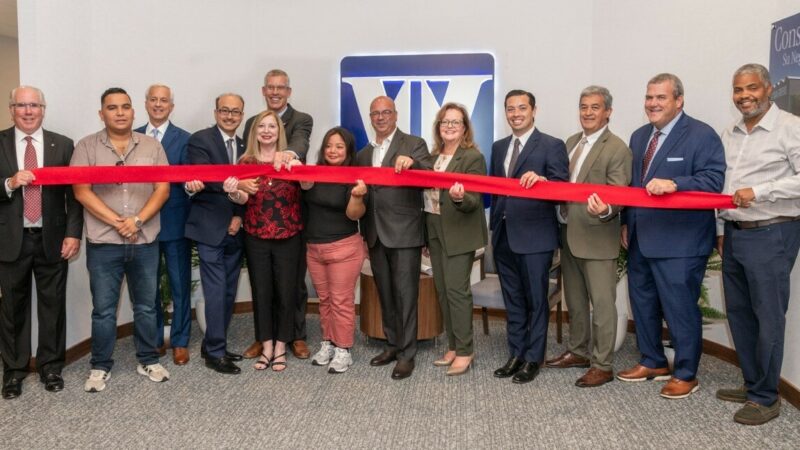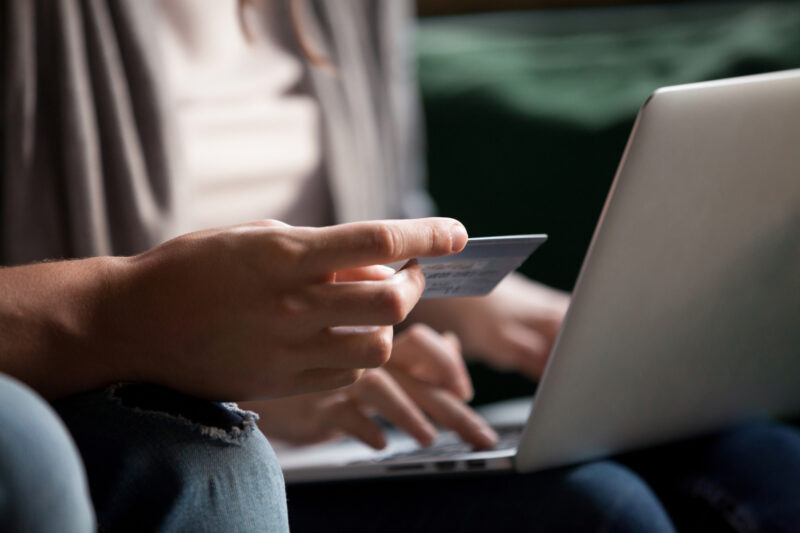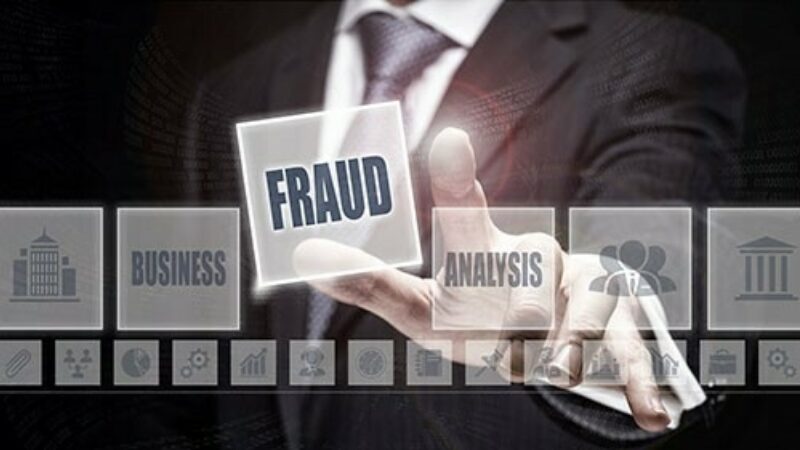Protect yourself from fake check scams with these tips
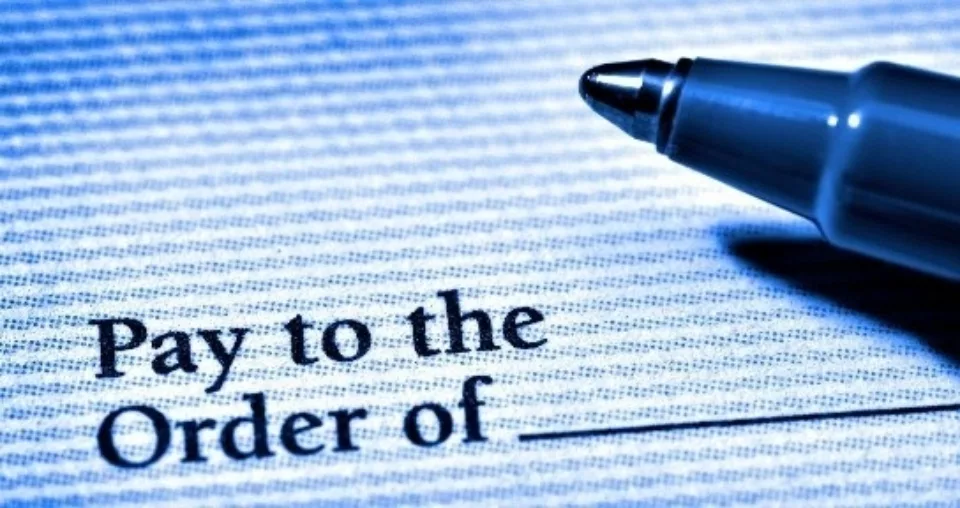
From FDIC Consumer News
Unfortunately, criminals have come to rely on their victim’s sense of “security” provided by cashier’s checks and official bank checks. Advanced graphics and printing technologies allow scammers to easily create fraudulent and hard-to-detect counterfeit checks in a matter of minutes, adding a sense of legitimacy to their scams. Fake checks can look so real that it’s very hard for consumers, or even bank employees, to detect.
Fake bank checks are typically used in scams where the scammer tries to get you to cash or deposit the check. Once it is deposited, they ask that you send all or part of the proceeds back to them or to someone else (an accomplice) before the bank where it was deposited tries to clear or process the check for payment and realizes the instrument is fake. The scammer might ask you to return the funds in a number of ways: in cash, by writing a personal check, by loading it onto a pre-paid or gift card, or through some electronic means, such as a wire transfer, automated clearing house (ACH) payment, or a person to person (P2P) transaction.
If it is later determined that the check was counterfeit, you will likely be held responsible for the funds that were provided to the scammer, so it is important that you recognize the signs of a counterfeit check to protect yourself. Remember, fraud artists are constantly coming up with new ways to use fraudulent cashier’s or official bank checks in their scams.
How to Spot a Fake Check
Determining whether a cashier’s check or bank check is legitimate is difficult just by physical inspection. However, there are some things you can do to help identity a fake check:
- Make sure the check was issued by a legitimate bank. While some counterfeit checks will include a legitimate bank’s name, a fake name is a sure giveaway. FDIC BankFind allows you to locate FDIC-insured banking institutions in the United States.
- Check with the bank that supposedly issued the check to make sure it is real. Make sure you look up the phone number on the bank’s official website and don’t use the phone number printed on the check (that could be a phone number controlled and answered by the scam artist). Next, call the official number and ask them to verify the check. They will likely need to know the check number, issuance date, and amount.
- Consider how and why you received the check. If someone you don’t know initiated the payment, be skeptical and proceed cautiously. Scammers often communicate with their victims via e-mail or text message. Their communications may contain poor grammar and spelling errors.
- Look where the check was mailed from. If the postmark is not the same as the city and state of the “supposed” issuing bank, it might be an indication the check is fake. Be especially cautious if it was mailed from overseas.
- Determine if the amount of the check is correct and as expected. Fake checks are often made out for more than the agreed upon amount. This is intended to coax the person receiving the check into wiring the overpayment back to the scammer.
- Official checks usually contain watermarks, security threads, color-changing ink and other security features. While scammers are sometimes able to copy these security features, the quality is often poorly executed.
What to Do If You Are Scammed
If you think you’ve been targeted by a counterfeit check scam, report it immediately to any of the following agencies:
- The Federal Trade Commission at FTC Complaint Assistant (www.ftccomplaintassistant.gov).
- The U.S. Postal Inspection Service at www.uspis.gov (if you received the check in the mail).
- Your state or local consumer protection agencies. Visit NAAG (www.naag.org) for a list of state Attorneys General.
- For possible online crimes involving counterfeit checks and money orders, file an online complaint with the Internet Crime Complaint Center (www.ic3.gov), a joint project of the FBI and National White Collar Crime Center.
If you or someone close to you may have been a victim of fraud, a Washington Trust banker can help. Call us at 800-475-2265 or visit your local Washington Trust branch.
By accessing the noted link you will be leaving Washington Trust's website and entering a website hosted by another party. Washington Trust is not responsible for, nor do we control, endorse or guarantee the content of any external sites. Please be advised that you will no longer be subject to, or under the protection of, the privacy and security policies of Washington Trust's website. We encourage you to read and evaluate the privacy and security policies of the site you are entering, which may be different than those of Washington Trust.
By accessing the noted link you will be leaving Washington Trust's website and entering a website hosted by another party. Washington Trust is not responsible for, nor do we control, endorse or guarantee the content of any external sites. Please be advised that you will no longer be subject to, or under the protection of, the privacy and security policies of Washington Trust's website. We encourage you to read and evaluate the privacy and security policies of the site you are entering, which may be different than those of Washington Trust.
By accessing the noted link you will be leaving Washington Trust's website and entering a website hosted by another party. Washington Trust is not responsible for, nor do we control, endorse or guarantee the content of any external sites. Please be advised that you will no longer be subject to, or under the protection of, the privacy and security policies of Washington Trust's website. We encourage you to read and evaluate the privacy and security policies of the site you are entering, which may be different than those of Washington Trust.
By accessing the noted link you will be leaving Washington Trust's website and entering a website hosted by another party. Washington Trust is not responsible for, nor do we control, endorse or guarantee the content of any external sites. Please be advised that you will no longer be subject to, or under the protection of, the privacy and security policies of Washington Trust's website. We encourage you to read and evaluate the privacy and security policies of the site you are entering, which may be different than those of Washington Trust.
By accessing the noted link you will be leaving Washington Trust's website and entering a website hosted by another party. Washington Trust is not responsible for, nor do we control, endorse or guarantee the content of any external sites. Please be advised that you will no longer be subject to, or under the protection of, the privacy and security policies of Washington Trust's website. We encourage you to read and evaluate the privacy and security policies of the site you are entering, which may be different than those of Washington Trust.
Contact a Trusted Advisor
For more information or to speak with one of our trusted advisors about your unique financial needs, contact us at 800-475-2265 or submit an online form.



